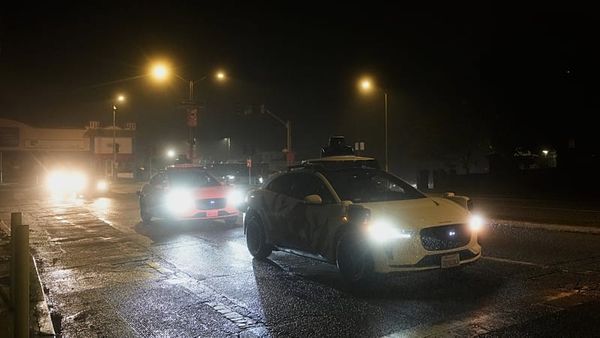
As part of his plan to save Nissan, new CEO Ivan Espinosa is instigating $1.7 billion in cuts to variable costs. Espinosa has a guy to do that job, Tatsuzo Tomita, who Automotive News refers to as Nissan’s "cost czar," which is fun. For months, Tomita has been soliciting ideas from employees and suppliers to save money while maintaining quality. One breakthrough: Headrests.
In an interview with Automotive News, Tomita says that reducing headrest variety in Nissan products could help save cash. Currently, a supplier for headrest parts stores components in a warehouse the size of two tennis courts. Workers walk up to 30,000 steps a day picking out parts. Tomita says that Nissan could reduce the size (and step-count) by half.
"Taking action is now what matters. We are shifting to execution," Tomita said. "We need to improve the profit of each product, otherwise we won’t be able to enjoy a sustainable business."
In total, Tomita has 4,000 cost-cutting ideas on his desk, and of those, he and his team have deemed 1,600 viable. Nissan will start implementing some by the end of the year, on its way to that $1.7 billion in savings by March 31, 2027.

Some of the ideas seem to get Nissan out of outdated practices. Tomita said that Nissan uses a dye in its seats that doesn’t fade under UV exposure. Seems great, but it’s a standard that was in place when cars used plain glass—now cars have glass that blocks UV rays, so the fancier dye isn’t necessary.
Nissan is also looking to relax some of its product standards, so it can use the same parts as other automakers. It’s also looking to Chinese suppliers, which are highly efficient and have great economies of scale, driving costs down.
Tomita explained that these costs ballooned as Nissan chased volume. In the pursuit to simply sell more cars more quickly, Nissan was less careful about controlling costs, and when sales volume plateaued, the company was left with high costs and complexities for cars it wasn’t selling in high enough volume.
But it’s a tricky line to walk, cutting costs in a way that the customer doesn’t see. "We should not say this is decontenting," Tomita told Automotive News. “We don’t say yes to every idea.” He also argued that saving costs in some areas will allow it to invest in R&D, helping improve its products.
Source: Automotive News








